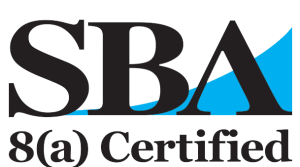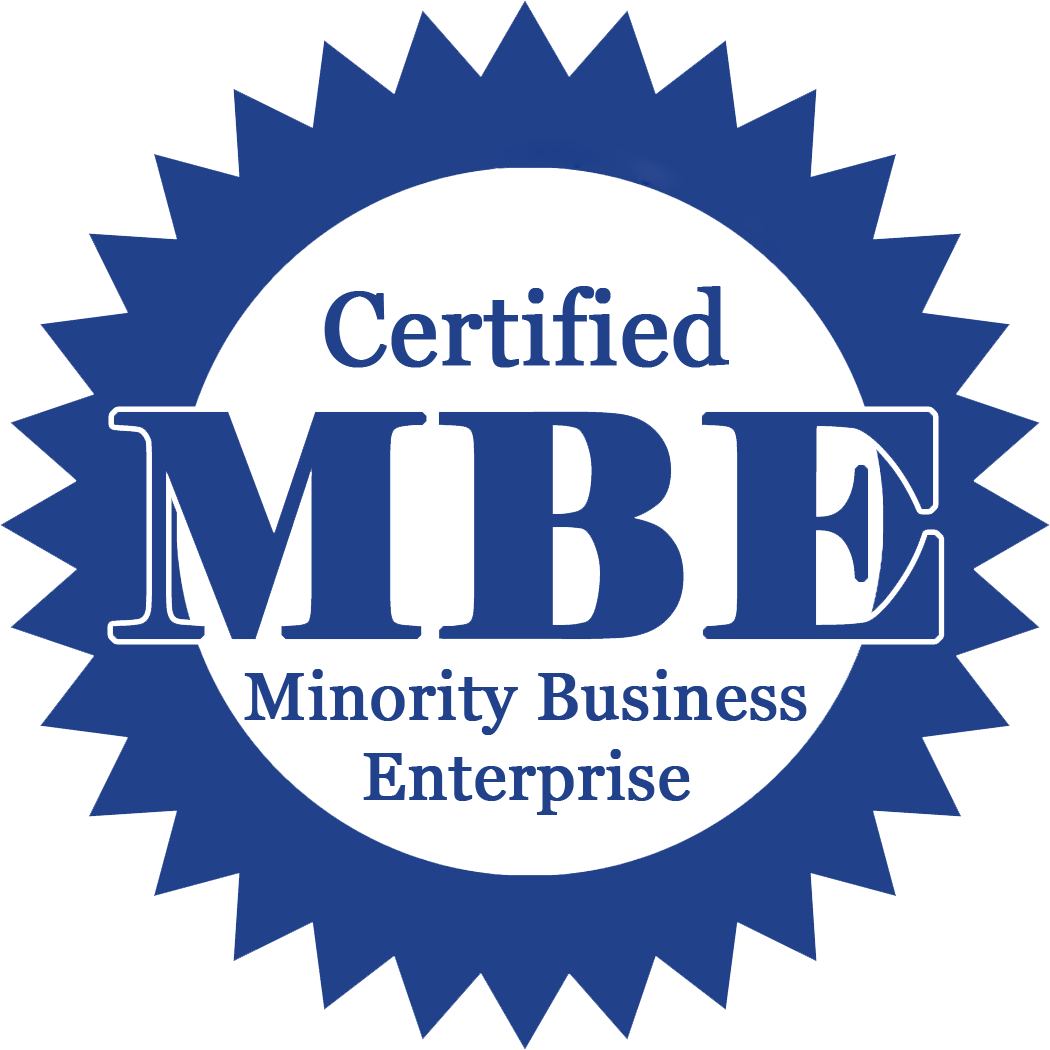ROHN VP10065 100 Foot 65G Tower Climbing Safety Cable System
The Tower installed Component of the TUF TUG Safety System. With enough fixtures and climbing cable to install on Towers up to 100 foot in height. For use with a Vertical Fall Arrest Protection System such as the TT-WG-500 made for 3/8 Inch diameter solid core wire cable that automatically travels with User (not included). Each Safety Cable System Kit contains the top and bottom brackets, safety cable and cable restraint brackets appropriate to the height. Body Harness and safety wire grab or clamp are separate options for sale. This Kit supplies for Towers up to 100 feet in Height. Per Rev. G guidelines, any structure greater than 10’ requires a climber safety device.
This Tower Climbing Safety Cable System is for the Specific Tower Series and Height indicated above.
Click here to see the Entire Line of Tower Tools and Safety Gear
Trust No Substitutes. Buy ROHN. Buy American.
Telecommunications Tower Safety Information
This information may save you from death or injury. Do not attempt to install or dismantle any ROHN products until you have read and understood the information in this document. Do Not depend on the information contained herein solely. Always do your own research.
Do not attempt to install or dismantle ROHN products near any type of power line. Should your installation come into contact with power lines, you can be killed! Be sure your installation is out of falling distance of any overhead wires - including the lead to any building. Read all instructions carefully before you begin, or better yet, call a professional - it may save your life.
ROHN´s ACWS sign must be attached to all poles, towers, guyed mast bases in a location which is conspicuous and readable from the ground so that all personnel are notified and warned. Aluminum wire is furnished for attaching signs. ROHN recommends you check frequently to make sure the sign has not been removed. These 6" x 9" signs may be ordered, specify part number ACWS. Tower Erectors - Please see that these signs are attached per the instructions above before leaving the site.
Guyed and bracketed towers are not self-supporting at any height. When installing or dismantling a guyed tower always consult your local tower installer. The condition of a used tower is difficult to determine and in the process of dismantling you could be killed or injured. Dismantling and installation may require the use of temporary steel guys.
General Information & Precautions
ROHN field technicians, warning labels, catalogs, guy charts, etc. are available from ROHN. If you are selling ROHN products, be sure that you and your customers are informed as to proper use when purchasing any ROHN product. All towers, masts and poles should be installed or dismantled by experienced and trained personnel.
Mixing of different Manufacturers' Products
The mixing of so-called interchangeable copies of ROHN products with ROHN products is dangerous and voids all engineering or warranty data supplied by ROHN. Materials used by the so-called copies are not the same quality and have not been tested or engineered by ROHN.
Who should install or Dismantle ROHN Products
Installing, dismantling and rigging ROHN products requires specialized skills and experience. Information supplied by ROHN assumes that all products will be installed or dismantled by personnel having these skills and having worked with similar products before. No one should attempt to install or dismantle ROHN products without these skills and experience. ROHN assumes no liability if faulty or dangerous practices are used. There are available trained and experienced personnel to assist in installation, maintenance, and disassembly. Contact your local installer if consultation or assistance is required.
About Used Material
ROHN does not recommend or warrant in any way the use of used materials. The use of used materials voids all warranties set forth by ROHN because no one knows if the used material has been misused, overloaded, or damaged. If, for some reason, materials are re-used, all new, galvanized, high strength bolt assemblies must be used.
General Precautions
Anti-climb sections are available on all structures to prevent unauthorized persons from climbing. Installation and dismantling may require the use of temporary steel guys. All installations must be grounded per local and national codes. All types of installations must be thoroughly inspected by qualified personnel and re-marked with hazard and warning labels at least twice a year to ensure safety and proper performance. ROHN makes available many items, which may or may not be required for your particular installation. Some items available in various types and sizes are: safety climbing devices, ladders, safety cages, anti-climb devices, work platforms, F.A.A. painting and lighting, grounding, and fencing. Special product services and special packaging are also available. Based on local, state, or federal laws and building codes for your area, it may be necessary for your particular installation to have special items or be given special consideration. If there are any special requirements for your particular installation, be sure to include them in your request for quotation and on your order form. ROHN cannot be responsible for any omission at any time.
About OSHA
In accordance with the Occupational Safety and Health Act regulations, parts are available incorporating features, which will permit a safe product. It is a policy of ROHN Products to design and make our products safe to use without hazards to people and/or property. We ask that you list specific requirements you wish us to comply with in accordance with the intended use of a product. These requirements may or may not affect the price of the materials and equipment under consideration for purchase. We would be happy to answer any additional questions you may have.
About Step Bolts
Structures may or may not include step bolts. Step bolts are supplied as a convenience during construction. Step bolts are intended to be climbed by professional Competent Climbers only. 100% Fall protection is required at all times. Climber safety devices are required on all structures 10 ft. or greater in height. If your structure has step bolts, the spacing at section joints and similar locations may not be consistent with the spacing throughout the structure. Flange plates, guys, attachments to legs, appurtenances, etc. may be an obstruction to continuous climbing. Climbing step bolts is dangerous and can cause serious injury or death. Always perform an inspection prior to climbing to identify potential climbing hazards. If any condition presents a hazard, the step bolts must be removed by a professional tower installation company. ROHN will not be responsible for the use of step bolts. If you wish to use step bolts, the responsibility for their use will be totally yours or your customers.
Installation & Dismantling Safety Instructions
Each year people are killed, mutilated, or receive severe permanent injuries when attempting to install or dismantle towers, poles, and other structures. In many of these cases, the victim was aware of the dangers of electrocution but did not take adequate steps to avoid the hazard. Good practice is to install your products away from power lines and obstructions. Your dealer carries a complete line of installation and grounding hardware. For your safety and to help you achieve a safe installation, please read and follow the safety precautions below. They may save your life! Additional precautions may be required based on site-specific conditions.
1. If you are not experienced in installing or dismantling, please, for your own safety as well as others, seek professional assistance. Consult your dealer.
2. Select your installation site with safety, as well as performance, in mind. REMEMBER: Power lines and phone lines look alike. For your safety, assume that any overhead lines can kill you.
3. Call your power company. Tell them your plans and ask them to look at your site. This is little inconvenience, considering your life is at stake.
4. Before you begin, plan your installation or dismantling procedure carefully. Successful installation or dismantling is largely a matter of coordination. Each person should be assigned to a specific task and should know what to do and when to do it. One person should be designated as the "boss" to call out instructions and watch for signs of trouble.
5. When installing or dismantling, REMEMBER: Do not use a metal ladder. Do not work on a wet or windy day or if a thunderstorm is approaching. Do dress properly - shoes with rubber soles and heels, rubber gloves, long sleeve shirt or jacket, and a hard hat and safety glasses.
6. If the assembly starts to drop, get away from it and let it fall. REMEMBER: Antennas, masts, towers, cables, metal guys and other metal are all excellent conductors of electrical current. Even the slightest touch of any of these parts to a power line completes an electrical path through the installer!
7. If any part of the assembly should contact a power line - Don´t touch it or try to remove it yourself. Call your local power company. They will remove it safely.
8. If an electrical accident should occur - don´t grab hold of the person in contact with the power line or you too may be electrocuted. Use a dry board, stick or rope to push or pull the victim away. Have someone call for medical help.
REV G Climbing Facilities
Rev G has made significant additions addressing climber safety. Two classifications of climbers have been defined. An Authorized Climber (also called a Basic Climber) is an individual trained in climbing but may not have had previous climbing experience. These climbers are intended to be limited to climbing fixed access routes equipped with safety climb devices. A Competent Climber (also called a Skilled Climber) is a professional who is capable of climbing on structural members.
Rev G provides requirements for climbing facilities by defining two classes of climbing facilities, Class A and Class B.
Class B requirements are similar to Rev F requirements and are intended for structures to be climbed by professional Competent Climbers.
Class A requirements are more restrictive in comparison to Rev F and are intended for structures expected to be climbed by lesser qualified (Basic) climbers. In accordance with Rev G, Class B is considered to be the default climbing facility requirement for structures unless otherwise specified. Towers can be quoted to accommodate Class A climbing facilities when specified. All ROHN standard structures are intended to be climbed by Competent Climbers only.
Safety climb systems are now mandatory in accordance with Rev G for structures exceeding 10 feet in height that are intended to be climbed. Some structures are intended to be maintained by bucket trucks or other methods that do not involve climbing the structure. Safety climb systems, when required, must be ordered separately for all Tower structures in this catalog.















